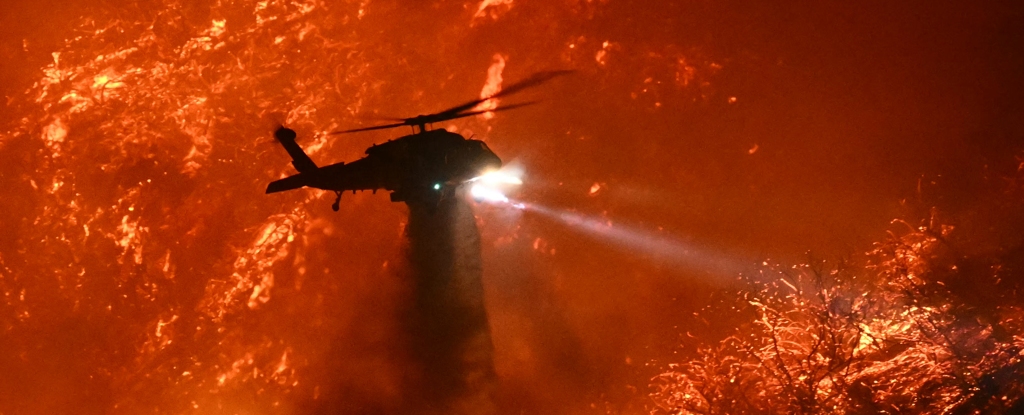ARTICLE AD
SpaceX is preparing for its second attempt to catch a massive rocket booster using its giant “chopstick” arms, as the company gears up for Starship’s sixth test flight.
Starship is set to launch on Tuesday, November 19, with a 30-minute launch window that opens at 5:00 p.m. ET. Just over a month since its groundbreaking booster catch, the rocket will lift off from SpaceX’s Starbase facility in Boca Chica, Texas, for another suborbital flight designed to test Starship’s reusability.
Watch Starship's sixth flight test → https://t.co/oIFc3u9laE https://t.co/acpdO2brbP
— SpaceX (@SpaceX) November 16, 2024
SpaceX will broadcast Starship’s sixth test flight on its website and through the company’s account on X, with a livestream scheduled to begin around 45 minutes before liftoff.
A few days before its scheduled launch, SpaceX moved Starship’s Super Heavy booster to the launch mount at Starbase to prepare it for stacking atop the rocket’s upper stage. The sixth test flight will mark the fastest turnaround for a Starship rocket, having launched just over a month ago. Happily for SpaceX, the Federal Aviation Administration (FAA) granted the company approval for integrated flight test 5 that would also allow its Starship rocket to fly a sixth time under the same license. Previously, SpaceX would have to wait for the FAA to grant it a new license.
Starship lifted off for its fifth time on October 13, but for the first time, Starship’s Super Heavy 232-foot-tall (71 meters) booster gently came down towards a special tower, named Mechazilla, which caught the rocket with its extended mechanical arms like a giant pair of chopsticks. For its sixth launch, SpaceX will attempt another Starship booster catch, while the upper stage will reignite one of its Raptor engines in space for the first time and carry out maneuvering tests for reentry and descent.
With each test flight, Starship moves closer to packing useful payloads and reaching orbital heights. SpaceX launched its Starship rocket for the first time in April 2023, but its debut was less than ideal as the vehicle entered into a fatal tumble that forced ground controllers to issue a self-destruct command right before the four-minute mark of the mission.
Things slowly improved for the rocket each time it took off. Starship’s fourth liftoff in June broke new grounds compared to its previous test flights, with the rocket largely surviving peak heating and max aerodynamic pressure during its controlled reentry. That paved the way for its reentry and booster catch earlier in October, an impressive feat that SpaceX is hoping to repeat for a second time.
Ultimately, SpaceX plans on retrieving and reusing both Starship’s booster and its upper stage. The company’s founder and CEO Elon Musk recently expressed SpaceX’s goal of catching the upper stage using Mechazilla by early next year. SpaceX is also moving towards more frequent launches of Starship, with Musk aiming for 25 launches in 2025. Whether or not the rocket can keep up with the space billionaire’s ambition timelines remains to be seen.

 2 months ago
41
2 months ago
41 

